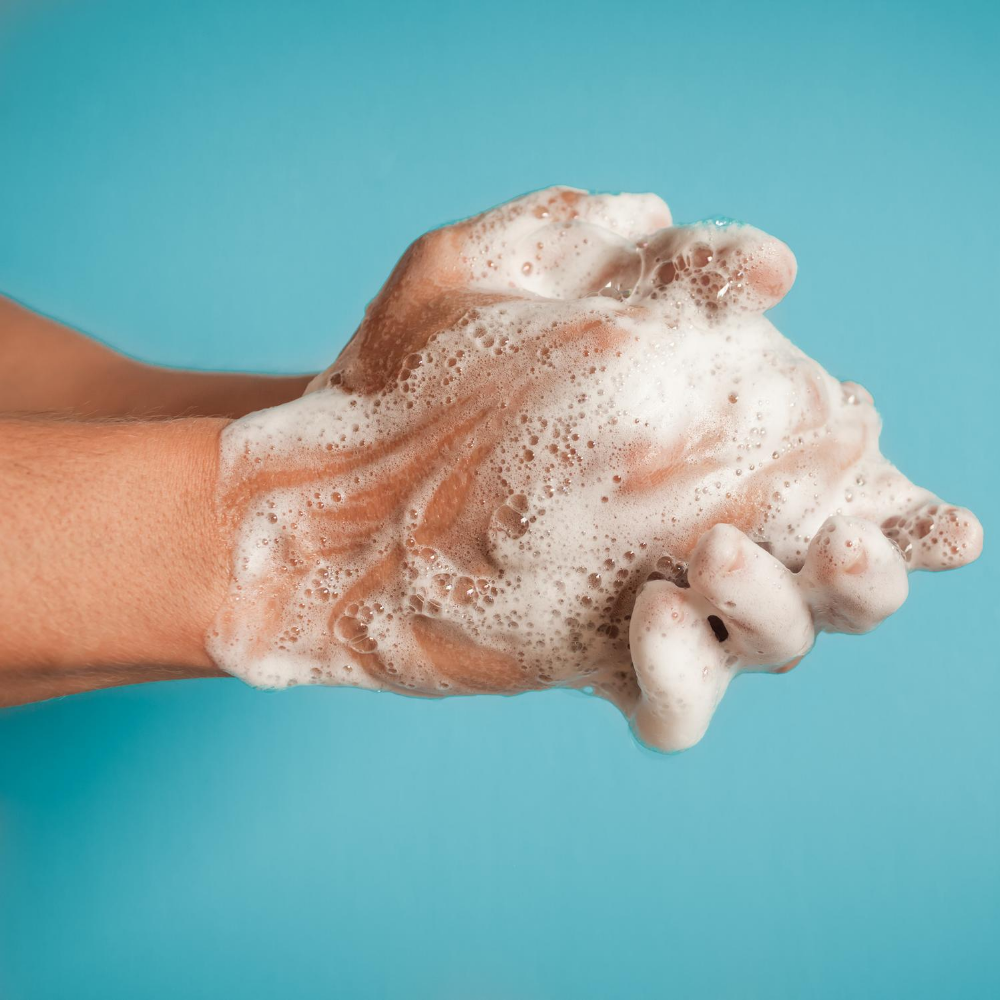Wash your hands – now is possibly the most relevant time for those three words to be in popular culture.
Hand washing is one of the best ways to protect yourself and others from getting sick. The CDC (Centers for Disease Control & Prevention) and many other organizations agree, too.
This blog provides tips on when and how to wash your hands effectively. It’s important to remember that even when soap and water are not available, optimal hand hygiene can still be achieved.
How germs spread may seem a complicated science, but it’s in fact not.
COVID-19 has really brought optimal hand hygiene into focus, especially when you learn how germs spread, in ways such as;
- Blowing your nose, coughing, or sneezing into hands and then touching other objects.
- Touching the eyes, nose, and mouth with unwashed hands.
- Preparing or eating food and drinks with unwashed hands.
- Touching a contaminated surface or objects.
Wash your hands – when?
You and others can stay healthy by being mindful of when washing hands should be made a priority. Often a common sense approach to hand hygiene should be maintained but so often, ‘simple’ steps are often overlooked. It seems basic, but ensuring hands are washed before or after preparing food (and eating food) should be paramount. When treating a cut or a wound, after using the toilet, after touch garbage or waste are other key ‘hotspots’ for germs to thrive. The ability to wash your hands should be factored into everyday culture and life, but so often it’s not.
Five steps to optimal hand washing
Follow these five steps every time.
- Wet your hands with clean, running water (warm or cold), turn off the tap, and apply soap.
- Lather your hands by rubbing them together with the soap. Lather the backs of your hands, between your fingers, and under your nails.
- Scrub your hands for at least 20 seconds. Need a timer? Hum the “Happy Birthday” song from beginning to end twice.
- Rinse your hands well under clean, running water.
- Dry your hands using a clean towel or air dry them.

Use hand sanitizer when water is not available
When soap and water can’t be used or is not available, try alcohol-based hand sanitizer that contains at least 60% alcohol.
To protect your health and others, it cannot be stressed enough to wash your hands with effective measures.




